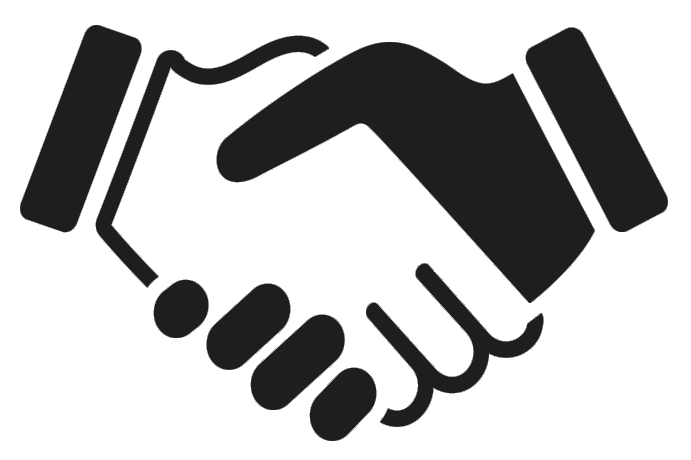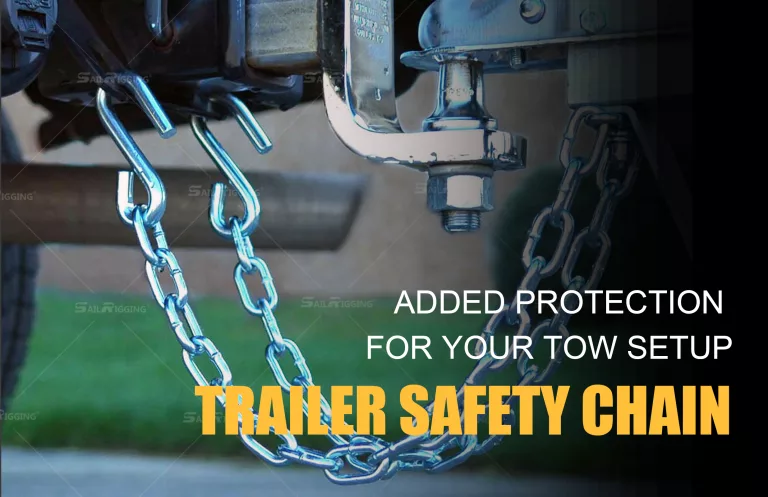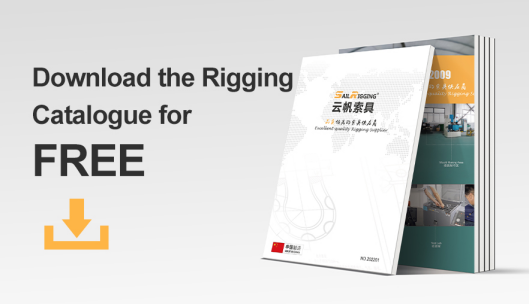Trailer safety chains are a secondary connection between the rear of the towing vehicle and the front of the trailer. This can be thought of as an added insurance that your trailer will not become detached from your tow vehicle should any part of the primary coupling fail. Many countries have different laws about trailer safety chain. Today we will share you some information about the regulations of trailer safety chains. Regional regulations often include the size, strength, and installation of safety chains in various applications. Some examples of regulatory standards include:
- United States
In the U.S., safety chain regulations vary based on the type of towing and the vehicle or trailer being used. For example:
Federal Motor Carrier Safety Administration (FMCSA): The FMCSA requires that safety chains be used to secure trailers to towing vehicles, with specific requirements for length, strength, and attachment points.
State Regulations: Many states have additional laws that require a specific number of safety chains based on the weight and type of the trailer. For example, some states require two safety chains for trailers exceeding a certain weight limit, while others require a single safety chain for lighter loads.
- European Union
In the EU, safety chain standards are governed by regulations such as the European Road Safety Standard (Directive 2003/96/EC). These regulations specify that safety chains should be used in all trailer towing operations, with guidelines on the proper attachment, strength, and dimensions based on the trailer’s weight.
EN 12195-2: This standard specifies the requirements for securing loads during transportation, including the use of safety chains. It sets out the minimum strength requirements for chains and details on their attachment points.
- Australia
In Australia, safety chain regulations are enforced under the Australian Design Rules (ADR 62/02). These rules govern the use of safety chains in towing applications, specifying that a minimum of two safety chains must be used when towing trailers over a certain weight.
Australian Road Rules: The road rules also mandate that safety chains must be of appropriate length, strength, and attachment, and they should be clearly marked to indicate their load-bearing capacity.
Trailer safety chains are very important for trailer and towing. More and more people own boats or camping trailers to use on vacations. Safety trailer chain is required when towing tons of extra weight behind your vehicle. For any question about trailer safety chain, please don’t hesitate to contact Sail Rigging. Sail Rigging have been focused on cargo control transportation & trucking tie downs since 2003, we have different kinds of safety trailer chains, G30, G43, G70 chain, could be fitted with different end fitting as you need.





